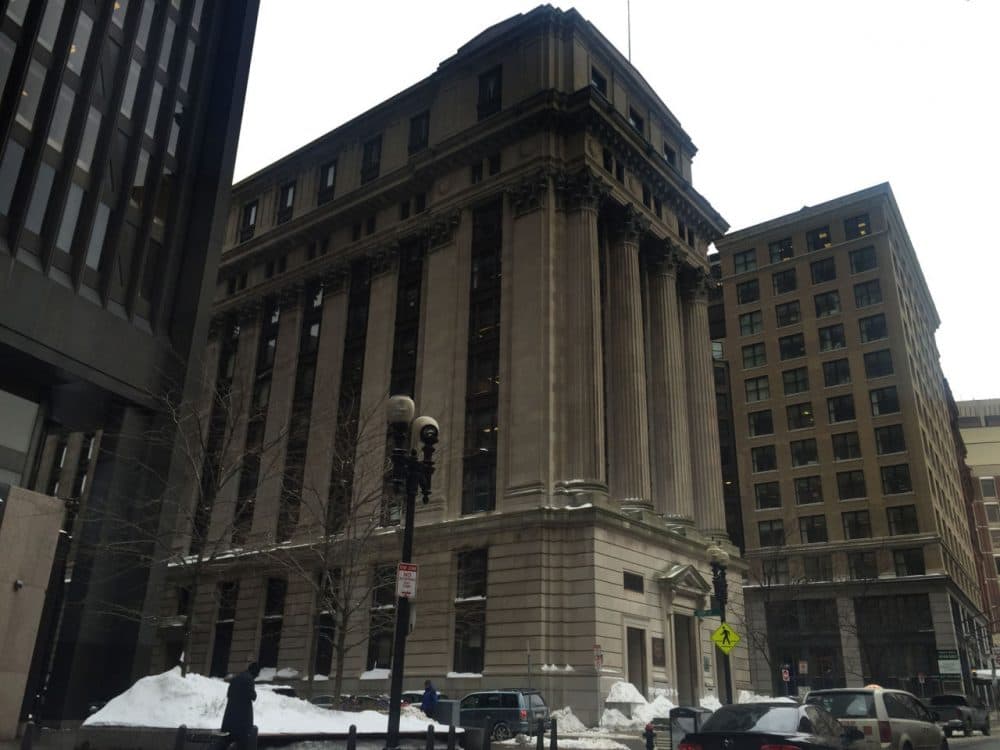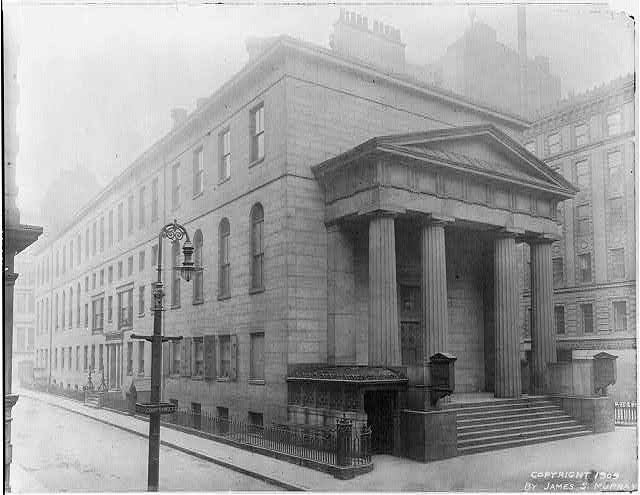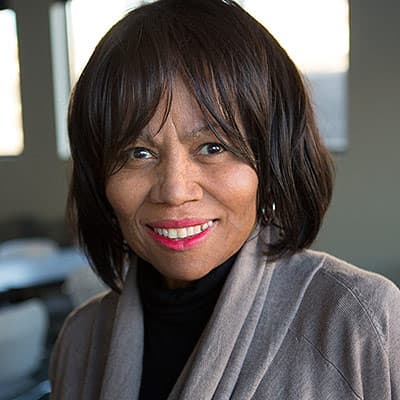Advertisement
From Boston's 1st Jail To Fugitive Slave Trials, 26 Court St. Has History

Boston's 26 Court St. has a long, colorful history.
The building, on a busy side street in the Financial District, sits on what city records say is "believed to be the oldest plot of land continuously owned by the City of Boston."
Historical markers on the front facade note its role in movements that shaped this country.
Back in the 1600s, it was the site of Boston's first jail. It was there that the pirate Captain Kidd was held before being sent back to London where he was tried and hanged in 1701.
In 1836, a courthouse was built on the spot, and Prison Lane became Court Square.

"That courthouse is where the federal government encroached upon Massachusetts," said Beverly Morgan-Welch, executive director of the Museum of African American History and the African Meeting House.
Morgan-Welch says the passage of the federal Fugitive Slave Act of 1850 was an affront to Massachusetts — a state where free black men had been among those voting in the founding of this nation.

"Boston's response was that the nation would not bring slavery to Massachusetts," Morgan-Welch said.
In 1851, abolitionists stormed the courthouse and came to the rescue of fugitive slave Shadrach Minkins. But it was a different story for Thomas Sims, when an attempt to rescue him from the courthouse failed.
And Morgan-Welch notes that 1854 brought the pivotal case of another escaped slave, Anthony Burns.
"[Residents] go into action because they understand now there is no due process," she said. "They have already lost Thomas Sims, now it's Burns."
Wendy Lement is the artistic director of Theatre Espresso, a group that brings history to life by taking constitutional issues to schools across Massachusetts. One of its interactive plays is the "Trial of Anthony Burns," which some say helped push America closer to the Civil War.
"When the Anthony Burns trial came up it was a wake-up call, there was a riot, a guard was killed," Lement explained. "It was a very important case in history because it really shocked people, and people who were on the fence to be full out abolitionists, it pushed them to become more political. This trial really galvanized the Republican party and ultimately brought Abraham Lincoln to power."
Advertisement

Newspaper articles of the time describe the somber but angry scene, thousands lined the streets, black bunting draped from downtown buildings. Burns, escorted by federal troops, a platoon of U.S. Marines and the entire Boston police force, was marched from Court Street to Long Wharf for a ship waiting to carry him back to Virginia.
"It was a very tumultuous time, not just for the city of Boston but for the whole country," said the Rev. Jeffrey Brown, of the Twelfth Baptist Church in Roxbury. He says that within nine months that congregation raised $1,300 to pay for Burns' freedom.
"Twelfth Baptist was more than just talk. They were about action," Brown said. "In other cases, they'd take families in and help hide them as they would move from the South."
The building where these trials were held stood until 1909, when it was torn down. It was replaced in 1912 by City Hall Annex, which incorporated columns from the old courthouse into the new building.
When Boston's municipal government was transferred to its new city hall in 1969, the annex became the headquarters of the Boston School Department, which recently relocated to Roxbury's Dudley Square.
As for the future of 26 Court St., Mayor Marty Walsh's office says the city is exploring options for the property, which is currently assessed at $34 million.
This segment aired on April 8, 2015.
